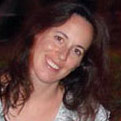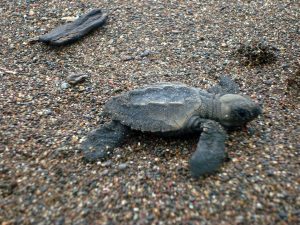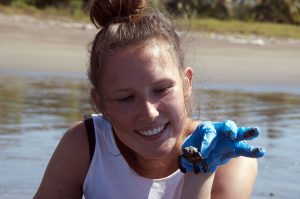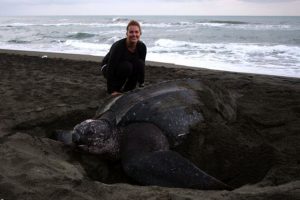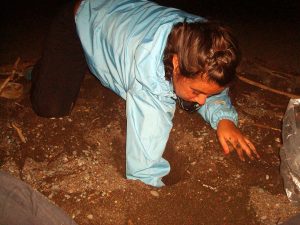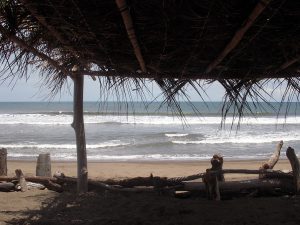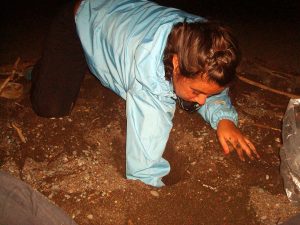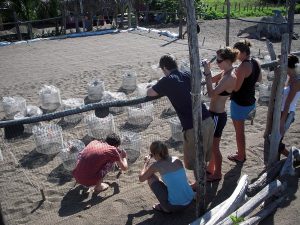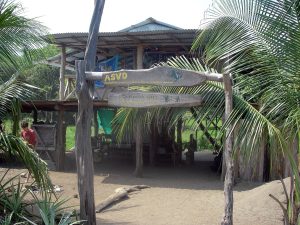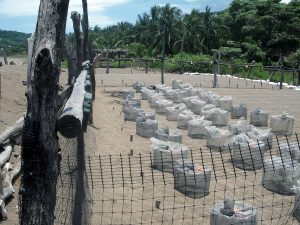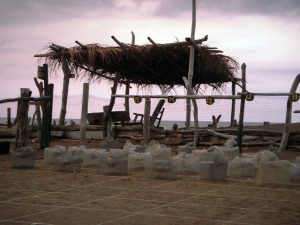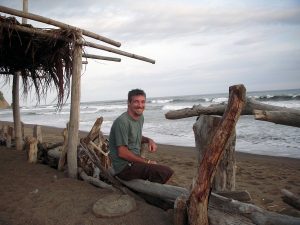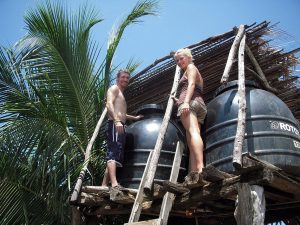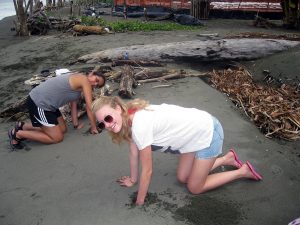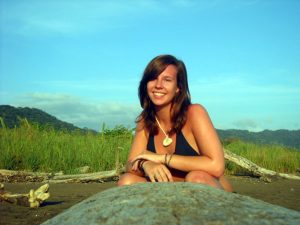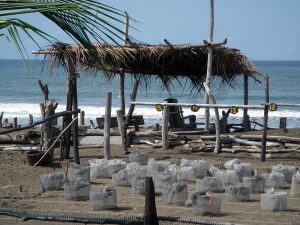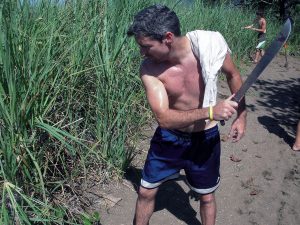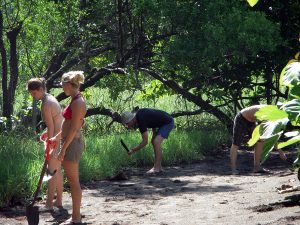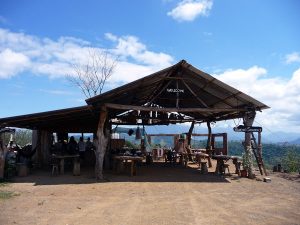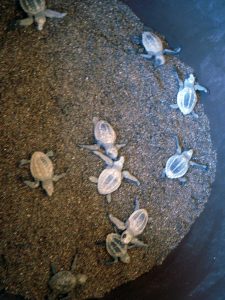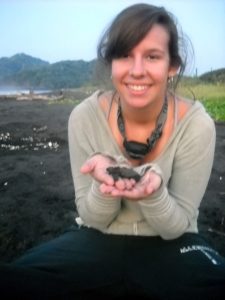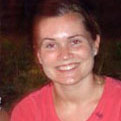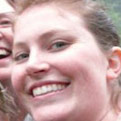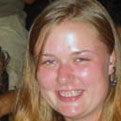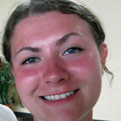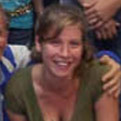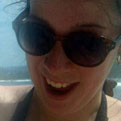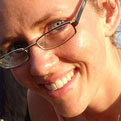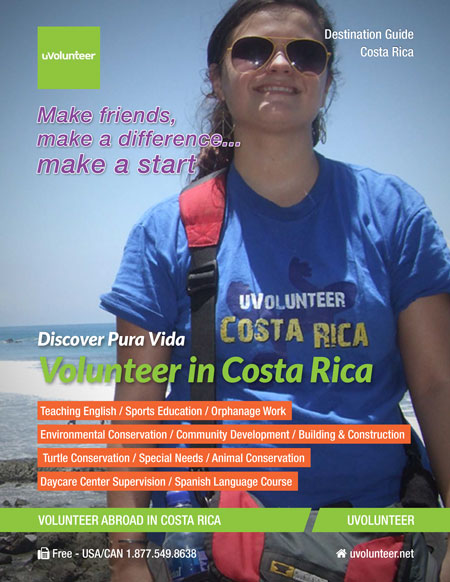Volunteering in Turtle Conservation in Costa Rica
Famous for its biodiversity, Costa Rica is home to several species of endangered sea turtle. Poaching and predators have forced native sea turtle numbers into decline but, with your help, we can reverse this trend. In Costa Rica, sea turtles are hunted for their meat and shells, and turtle eggs are a local delicacy believed to have aphrodisiac powers. Based on the beaches of the Pacific and Caribbean coasts, volunteers work with the local organizations to maintain protected sea turtles habitats and hatcheries.
As a turtle conservation volunteer, you will have an authentic back-to-nature experience, living in rustic beach dorms. It’s similar to camping on the beach in very basic conditions — there is limited electricity, no cellphone network and water is carried in daily by volunteers.
Program Video
The project has daytime and evening elements: during the morning, you will conduct activities such as documenting breeding, nesting and incubating turtle numbers, manning the hatchery and releasing newborn turtles. In the evenings, you will patrol the beach in search of newly-laid eggs that you will move to the artificial hatchery for documentation. You will also keep a watchful eye out for poachers and predators.
Read more about volunteering in sea turtle conservation and download our information brochure.
Quick facts
- Program: Volunteer Costa Rica
- Location: Playa Buenavista
- Minimum Duration: 2 Weeks
- Language Requirement: English
- Airport Pick-up: Yes, for $75
- Travel Insurance: Not included
- Suitable for Groups: Yes
- Region: Alajuela
- Project Site: Turtle Camp
- Minimum Age: 18
- Accommodation: Beach Campsite
- Meals: 3 Meals Daily
- Start Dates: Every Other Friday
- Suitable for Families: Yes
Your role as a volunteer
Sea turtle conservation volunteers live and work on a beach in Costa Rica, maintaining the beach project site and hatchery, documenting turtle numbers, releasing offspring and patrolling the beach for predators and poachers. You will also help compile vital data about sea turtles as part of an international monitoring project while protecting endangered turtle species for generations to come.
Tasks may include:
- Building and maintaining artificial hatcheries
- Transferring eggs and releasing newborn turtles
- Researching and documenting important data
- Site construction and infrastructure maintenance
- Transporting food and water to turtle campsite
- Assisting with shopping trips for supplies
Work schedule
Sea turtle conservation volunteers work six days per week, both in the daytime and at night. Research and maintenance tasks are carried out during the day and patrols take place in the evenings.
Journey to work
The turtle conservation work takes place on the same beach where volunteers live.
Closed dates
The turtle projects are open all year round.
